Tips and instructions
Succeed at events and fairs
Face-to-face meetings and events have their own benefits and characteristics that cannot be beaten. When used correctly, face-to-face media is a highly effective marketing communication tool and opens up unique opportunities compared to other media. A carefully planned exhibition or event will increase brand awareness, strengthen brand image and drive sales.
Organising an event

It all starts with a vision
Start planning your event by creating a vision. The vision will help you form a theme and idea for your event, which will be the whole thread of the event. Dare to dream and always aim as high as possible.
Why is the event being organised and for whom? What do you want participants to think before and after the event? What do you want your event to achieve? What is the time frame for achieving your vision? How will you measure success?
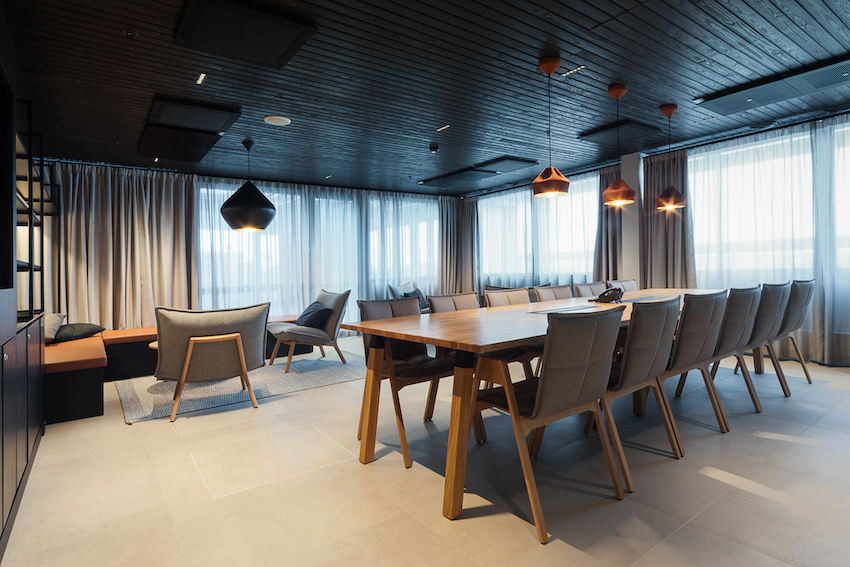
Choose the right space
Start your search by defining your initial budget, the number of participants and the nature and timing of your event.
Think about the sensations and emotions you want to evoke in your participants and make a list of the minimum things you want from your space. Consider at least the location, technology, food, budget and furniture requirements.
One of the most important things to consider when booking a space is access for your guests. Do you know where your guests are coming from? Keep in mind the adaptability of the space – it’s a better to be prepared to respond to unexpected changes.

Appeal to emotions
The emotional experience of an event is created through our senses. The more the different senses are taken into account in the organisation of an event, the more coherent the whole experience will be.
Try to bring your senses to life in a variety of ways! Stimulating several senses at the same time leaves a stronger impression, contributes to the customer experience and ensures a more successful event.
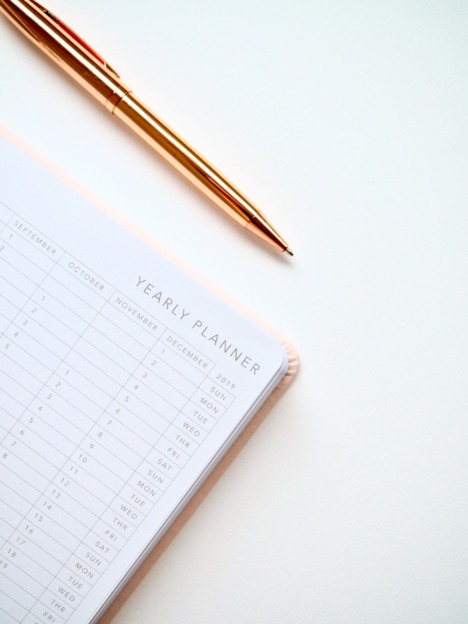
Date
When choosing a date for your event, check the schedules of all speakers and performers and make sure there are no competing events at the same time. At the same time, take into account that any major concerts or sporting events taking place at the same time will fill up accommodation. Also take into account any public holidays that may increase staff costs!

Define the theme
In a coherent and successful event, the theme is everywhere: in the invitations, possibly in the dress code, in the decorations and in the programme.
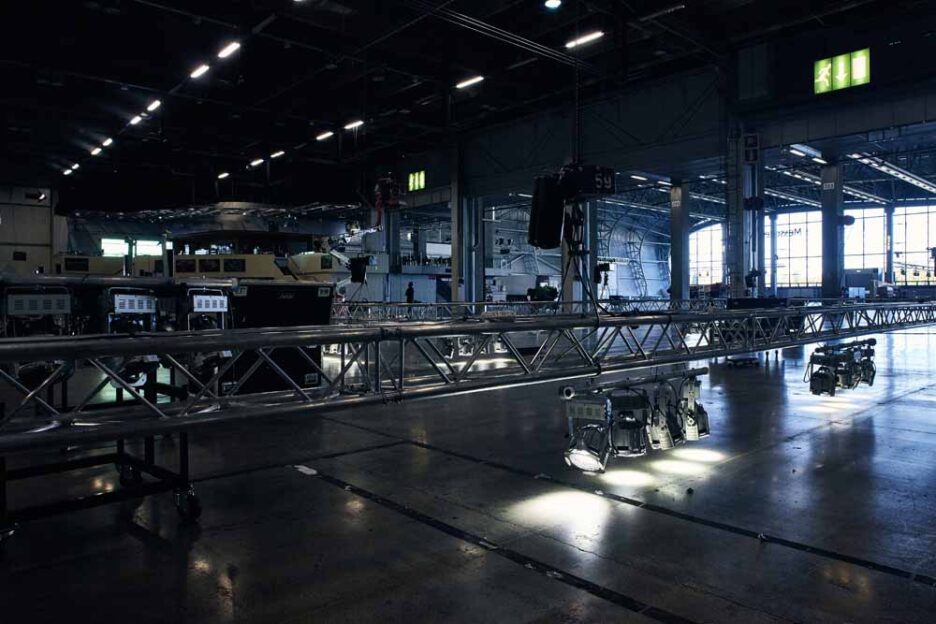
Event technology
Event technology ensures that the content of your event comes to life as a visible, audible and emotive entity for your guests. Think about whether your event needs sound, stage, lighting, streaming or interpretation, for example, and ask for expert help.
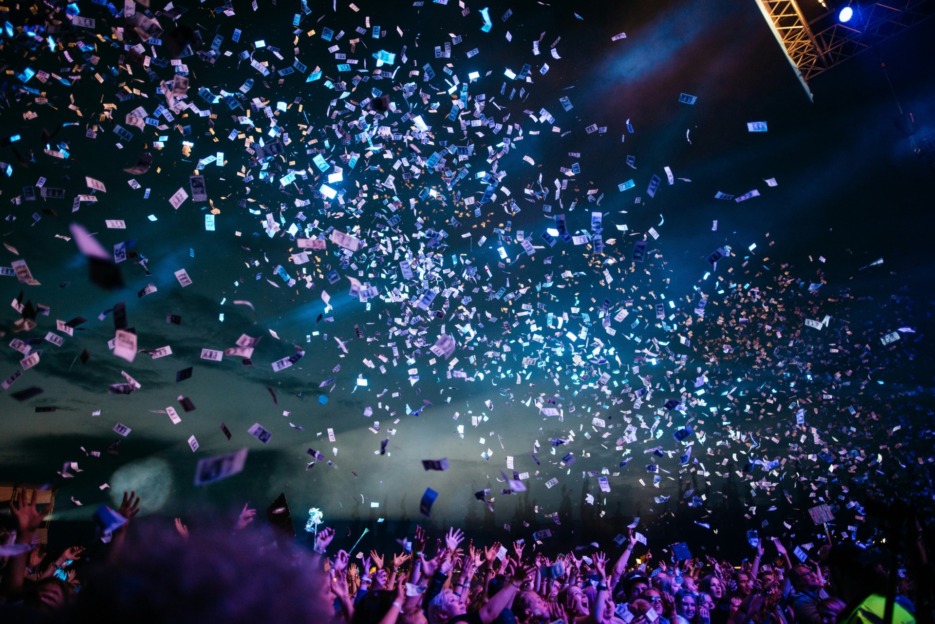
Hone your customer experience
A great customer experience leaves a lasting impression. The real wow effect comes from excellent service and attention to the little details. That’s why we recommend training your staff and preparing for different situations well in advance. Of course, you can’t predict everything, but you can prepare for many different situations,
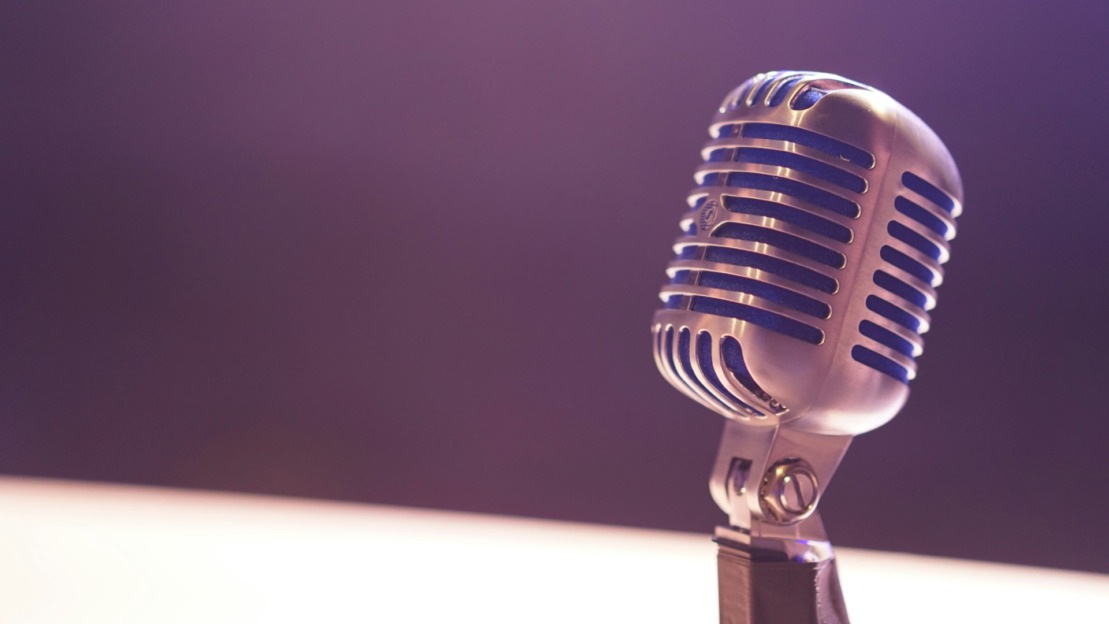
Define the programme
New experiences, lessons, experiences and networking opportunities are things you want to invest in. That’s why getting the right performer is worth investing in! The programme also has a big impact on things like budgeting and deciding whether to pay to attend your event.
Also consider the timing of the programme: if the programme is the highlight of your event, it may be smarter to schedule it closer to the end of the event. For morning kick-off seminars, on the other hand, it is natural to start the programme at the start of the event.
Tips for exhibitions
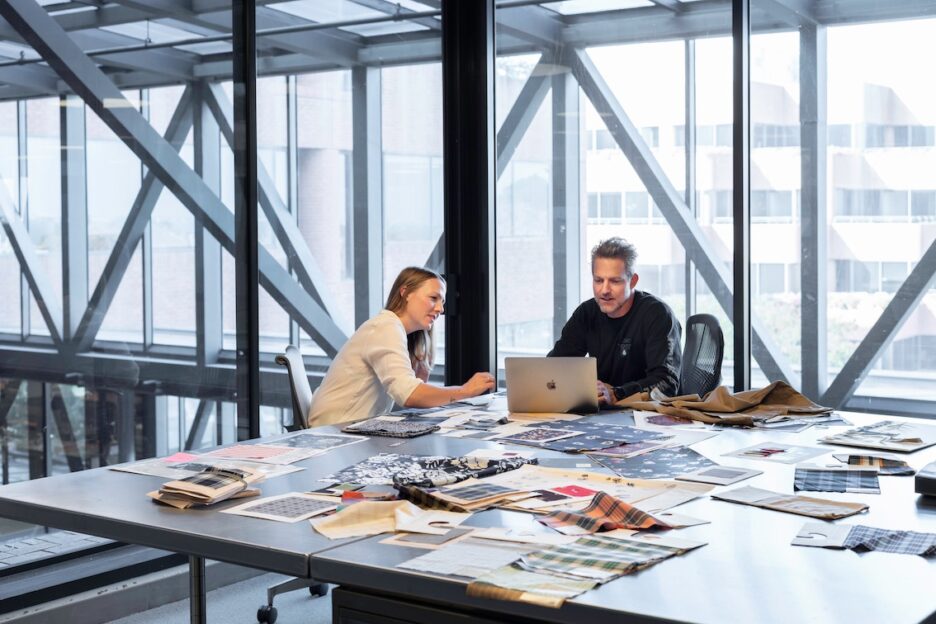
Plan with care
Plan your participation carefully and maximise your success!
Planning tips:
- Set a clear and concrete goal and consider different ways to participate
- Clarify the messages for your target groups
- How will you ensure active participation in the event? Decide on a clear target audience and how to ensure that your target group is well represented.
- Ensure comprehensive marketing and communication
- Invest in the selection and training of your trade fair staff
- Define success indicators
- Make use of the services offered by the organiser
- Take care of the after-marketing

Set a goal
Goals guide the planning, implementation and evaluation of your participation in the fair. The objective can be qualitative, quantitative or operational – the main thing is that it is measurable and, of course, realistic.
For example, your objective could be:
- Sales
- Customer relationship management
- Making contacts or building a customer database
- Publicity
- Building a corporate image
- Launching a new product or service
- Recruitment
- Testing a new product
- Research or mapping
- Finding resellers

The programme attracts visitors
Activities that support the objectives of the fair make the stand more attractive and help to achieve your goals. Provide experiences and create sensations- that’s how you create both experiences and trade.
A successful stand programme attracts and retains visitors to the stand, conveys a clear message, generates interaction and demonstrates the benefits of your products or services. Communicate your stand programme online in advance! Also announce your programme via the eFair Centre and we will publish it on the event website.
Ideas for planning your programme: launches, interviews, influencer visits, competitions and prize draws, exhibitions, information sessions and seminars, tastings and product testing, photo walls and other participatory programmes.

Invite customers to the stand
The fair organiser promotes the fair event, and the participating company promotes its own stand.
In addition to promoting your company’s participation in other marketing activities, you should also invite customers to your stand.
You can order tickets from Messukeskus to distribute to your customers or draw tickets as prizes in social media competitions. You can also invite people to trade fairs with eInvitations. You can also send a newsletter to your customer register to let them know you’re there and invite them to visit the stand with an incentive.
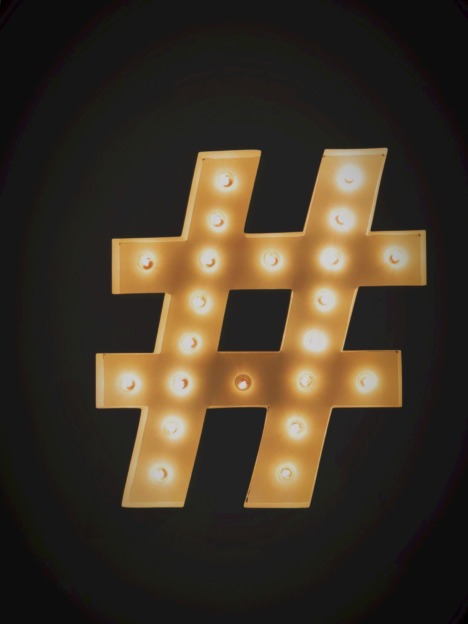
Market your stand
Using the event logo and banners in your own marketing is an excellent way to remind customers of the upcoming fair and attract them to meet your company during the fair.
Event logos and banners are free to use. The material used can be found on the eMessukeskus.
You can use the logo and banners on your own website, e-newsletters, advertisements, customer magazines, etc. You should link the logo or banner either to the event website or to your own exhibitor page.
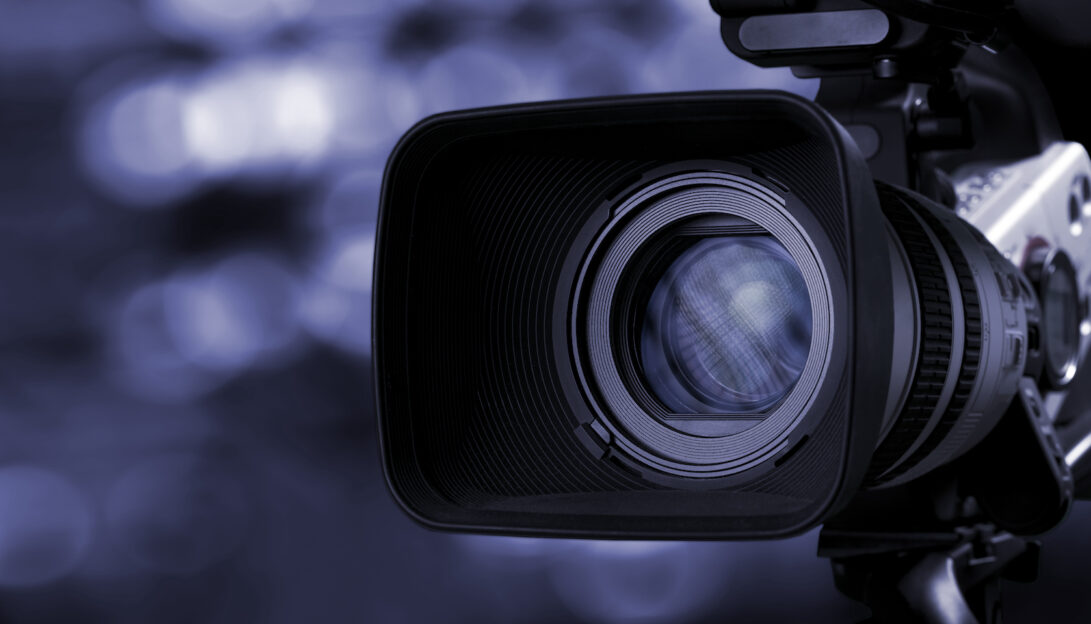
Reach the media
Make the most of the publicity you get from the fair! Journalists come to the fair to sniff out industry trends and new products and services. With well-managed communication, you can significantly increase the return on your participation.
- The press centre at Messukeskus is the base for journalists during the fair.
- Publish your own press release in the Messukeskus newsroom via the eMessukeskus. Please also tip off the event’s spokesperson about your trade fair topics of interest.
- Send your press release to journalists from trade magazines and other media
- Invite media representatives to visit your stand and think about how to attract media attention. You can identify journalists in the exhibition area by their badge with the text PRESS.
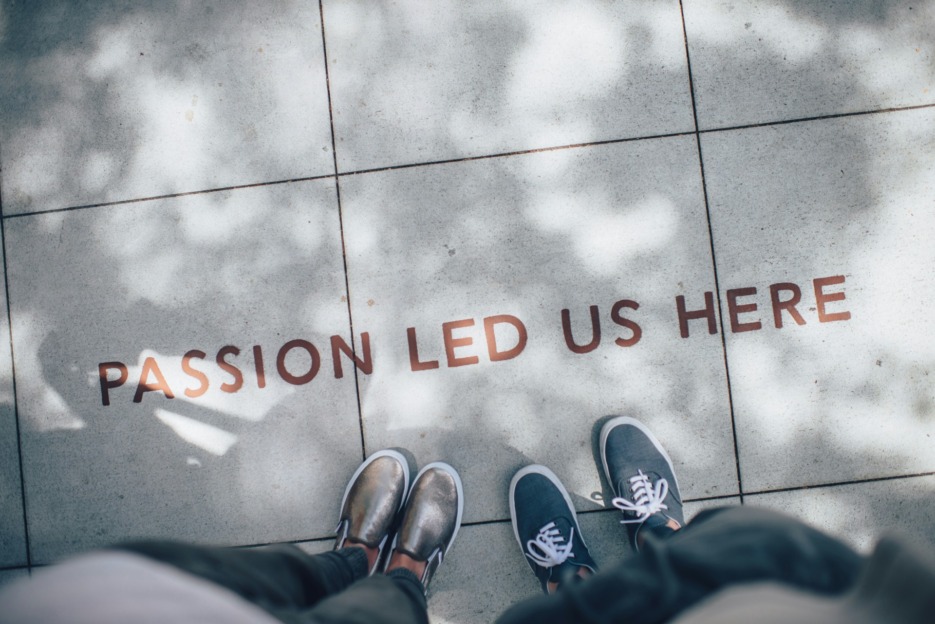
Succeed at the stand
A nice setting is no guarantee of success if stand staff do not know what is expected of them or how to behave on the stand. What is required of stand staff is courage and a positive attitude to the fair. Only people who genuinely want to work at the fair should be selected for the stand.
The fair is a competition for visitors’ time and therefore discussions at the stand should be kept short and effective. It is worth thinking about suitable conversation starters in advance.
Don’t forget to reward your people for a job well done! People can be rewarded for the collective success of the exhibition team or for their individual efforts.
- Make sure that the staff in your department are competent, efficient and motivated.
- Train your staff on stand behaviour. Familiarise them with the stand and make sure everyone knows your trade fair objectives
- Create individual targets, engage staff in the targets and reward them

Remember the aftercare
Effective aftercare and marketing will turn trade fair meetings into sales. The way your aftercare is done speaks volumes about your company and how it operates.
It’s worth planning and resourcing your aftercare before the fair so that things don’t get left undone in the day-to-day running of the post-fair world.
Tips for after-marketing:
- Go through your contacts after each day of the fair
- Keep all the promises made during the fair, because a contact at a fair is a fresh product!
- Make sure you deal with requests for quotes and contacts as quickly as possible.
- Send a thank you letter/message to visitors to your stand
- Approach your most important customers right away, thank them for their visit and let them know what to do next
- Post photos and/or video of your stand on your website – your stand will live longer
- Share your impressions online and thank visitors once again
- Evaluate the results immediately after the fair and again in the longer term, record ideas for improvement and evaluate the feedback received from visitors

Instructions for speakers
Speaking at a trade fair will help you get your message across and get more visibility!
Help with planning and implementation
We offer a comprehensive range of services for both the planning of your participation and the duration of your event. Find out more about our services and plan your participation here. You can place your orders via the eMessukeskus service.

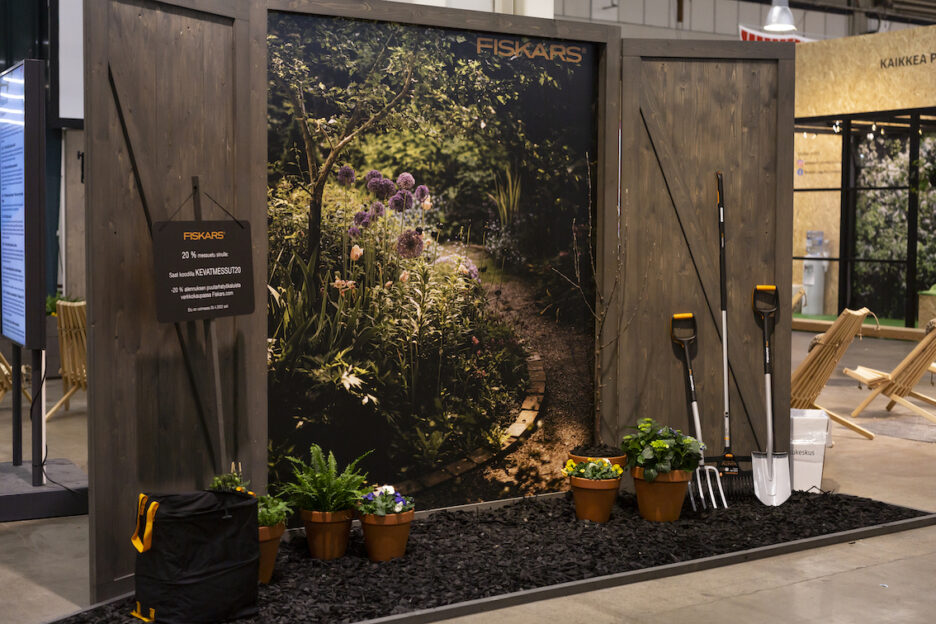
A unique stand with the help of our designers
We offer comprehensive design services for attractive and distinctive stand designs. With us, design and implementation go hand in hand – without middlemen and expensive transportation.

